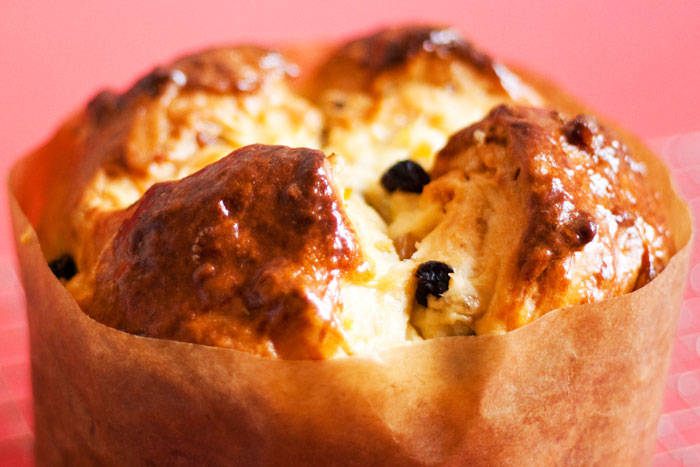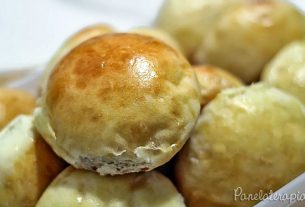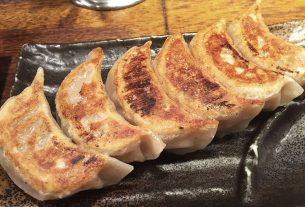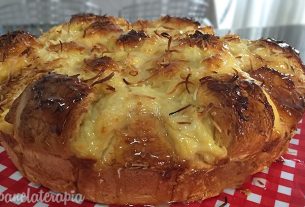Traditional panettone: despite being an Italian recipe, panettone, this sweet bread has become popular with Brazilians and is an item that cannot be missed at the end of the year celebrations, right?
It all started a few weeks ago when I was able to taste a certain R$60-something national and São Paulo panettone (it’s the same one, and no, I didn’t buy it). Very tasty, moist, good graininess and it tasted like panettone, of course. Okay, I don’t believe it justifies such a high price, but that’s beside the point.
Due to this opportunity, I considered the following: What would a traditional Italian-European panettone actually taste like? I mean, the panettone we have here in the country is Brazilianized, that is, it is our version compared to the Italian original. Not to mention the endless variations on the theme: chocolate, ganache, mousse…
To find out what I was looking for, I chose a formulation from The Culinary Institute of America as a basis, being more accurate from the book: Baking and Pastry: Mastering the Art and Craft.
I really liked the result. Very aromatic sweet bread, dense and moist, but not heavy. The dough flirts with brioche, due to the eggs and butter. It’s less sweet than usual, but just the right amount, at least for my taste.
And the flavor? Wow, it tastes like panettone! Orange and lemon peels are responsible for the characteristic flavor. What caught my attention the most was the aroma that filled the kitchen! I wanted to get rid of that smell, seriously. It looked like a bakery roots, the ones that actually make bread, you know? Well, at least that’s what I can correlate.
I found it ideal to consume after 24 hours of rest after roasting, and after slicing it is best to store it in a tightly closed container, as it tends to dry out very quickly.
And for a change, I adapted the recipe. For those who have seen the CIA books, the formulations are practically plentiful. The original yielded approximately 5kg of dough. But as the publication is excellent, it provides the measurements in percentages (baker’s), in ounces and in grams, so increasing or decreasing is easier. So I did.
In general, the changes were in relation to quantities, obviously, increasing or decreasing one ingredient or another. Yes, everything is by weight (mass). No cups or spoons, if you like confectionery and baking, try getting a digital scale.
In the original, the amount of candied orange and lemon peel is the same, but the lemon peel I bought was harder and bitter, so I reduced it and increased the orange peel, which was great.
Another important detail, the recipe calls for wheat flour for bread. Unfortunately, in Brazil we don’t have this palpable division. I used wheat flour (regional brand) with 14% total proteinssee well: this does not mean that has 14% gluten, yes? In this specific case, wheat flour has 10% gluten. I have this information because I already visited the factory and asked.
The kneading process was not as roots like this. I took advantage of the strength and practicality of the planetary mixer with the hook whisk. It makes life easier, which is a beauty, but I warn you: dough is heavy. If your equipment is not powerful, it could damage it. Mine is, and I was still scared. Therefore, the last few minutes of kneading were manual, as was the addition of the filling.
If you carry out the entire sova manuallythe time for each step will increase about 2-3 times depending on your skill and physical strength.
If you want, I have another version too: Chocolate and Stuffed Panettone.
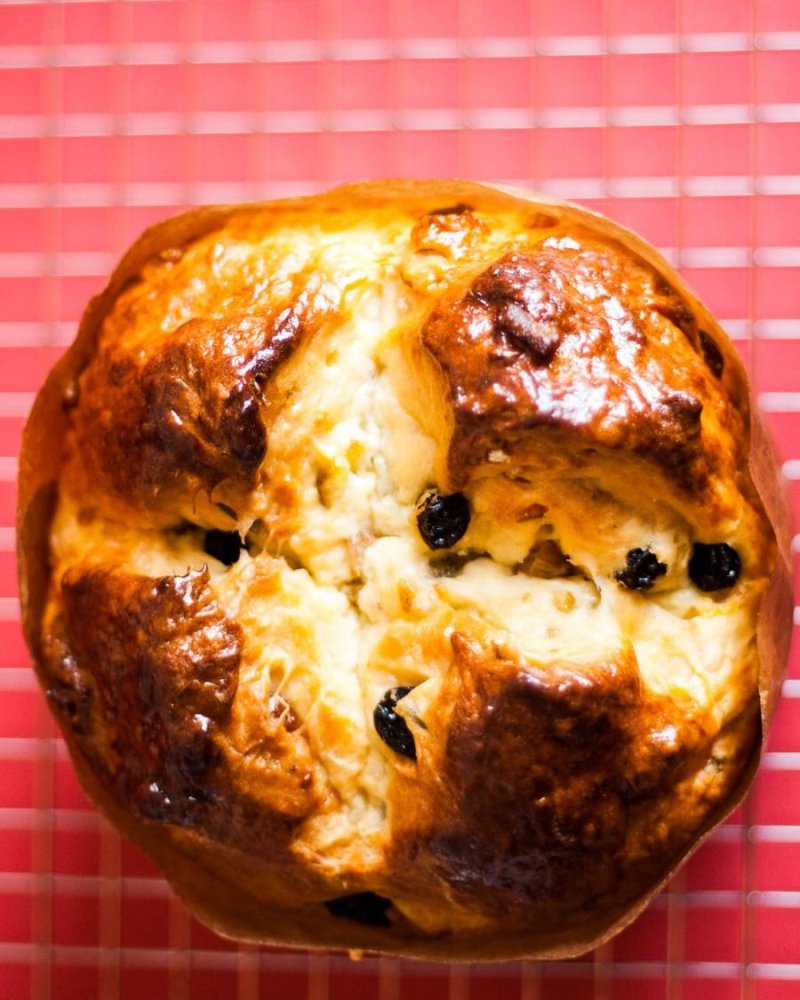
Traditional Candied Fruit Panettone
Makes: 4 500g portions
Ingredients: SPONGE
- 260 g wheat flour
- 175 g leite integral (temperature: 27ºC + 10mL if necessary)
- 16 g instant dry yeast
Ingredients: DOUGH
- 446 g prepared sponge
- 525 g wheat flour (+ for sprinkling and working)
- 197 g ovo (about 3 and 3/4 eggs, reserve any leftover eggs)
- 150 g leite integral
- 115 g crystal Sugar
- 21 g refined salt
- 15 g liquid glucose (transparent)
- 10 g orange zest (about 1 large orange)
- 10 g lemon zest (about 2 medium lemons)
- 6 g instant dry yeast
- 148 g butter without salt (in cubes; temperature: 15ºC + 20g for greasing)
- 120 g dark raisin (without seed)
- 120 g white raisin (without seed)
- 150 g candied orange peel (chopped)
- 50 g candied lemon peel (chopped)
- 30 g butter without salt (gelada; cubes; ~7g each cube)
1 cup: 250mL | 1 tablespoon: 15mL.
Mode: SPONGE
- For the sponge: Dissolve the instant dry yeast in the milk, stir well. Add the mixture to the wheat flour. Using a planetary mixer at medium speed, knead for 2 minutes with the hook attachment. It may be necessary to add more milk (10mL) if it does not form a uniform and unique dough.
- Cover the bowl with plastic wrap and set aside for 45 minutes. If the day is colder (<25ºC) leave for 60 minutes, in a place without a draft.
Mode: MASS
- Weigh the prepared sponge, you will need 446g of it. If you have a few extra grams (+/- 2g), you can use it all. The amount of sponge produced is generally necessary.
- Dissolve the instant dry yeast and clear liquid glucose in the milk, stir well.
- Mix all the dry ingredients: wheat flour, crystal sugar, salt and lemon and orange zest. Reserve.
- Mix the chopped candied peel (orange and lemon) and the raisins. Reserve.
- In a bowl, combine the sponge with milk and eggs. In a planetary mixer with the hook attachment, beat on low speed for 2-3 minutes for the sponge to begin to dissolve, then add the dry ingredients. Increase the speed to medium, knead for 4-6 minutes with the hook attachment. Add the butter (148g) little by little. Beat for another 5 minutes.
- Transfer the dough to a clean, floured surface and knead by hand for another 5-8 minutes. The dough should be soft and elastic. Then, roll out the dough into a rectangle and add the fruit mixture. Distribute well so that all the dough receives the filling. Roll up and knead for another 1-2 minutes.
- Return the dough to the bowl, cover with plastic wrap and set aside for 1 hour or until doubled in size, in a draft-free place.
- Melt the extra 20g of butter, and grease the paper panettone molds (size: 500g), the bottom and sides.
- Weigh the dough and divide by 4. The weight of each portion is around ~500-520g, leaving each portion in the shape of a ball, leaving the smoothest part at the top. Transfer to paper molds and brush with remaining beaten egg. Place the paper shapes on another baking sheet.
- Cover with a clean, damp cloth and set aside for 1h15 or until the dough springs back to the touch.
- Heat the oven to 180ºC.
- Brush with egg again, make an X-shaped cut with scissors and place the cube of cold butter in the center.
- Bake at 180ºC for 40-45 minutes or until golden. Remove from the oven and transfer to a wire rack, let cool completely. Then pack it in a plastic bag.
- Instant dry yeast: the manufacturer recommends mixing it with wheat flour, but I prefer to dissolve it in the liquid first to have a greater guarantee that the granules will dissolve.
- Eggs: there will be a little egg left, don’t throw it away or add more than required in the recipe. It will be used to brush the panettone.
- Clear liquid glucose: no, it’s not the same thing as honey imitations.
- Paper pan for panettone: It is normally found in party supplies, confectionery and bakery stores.
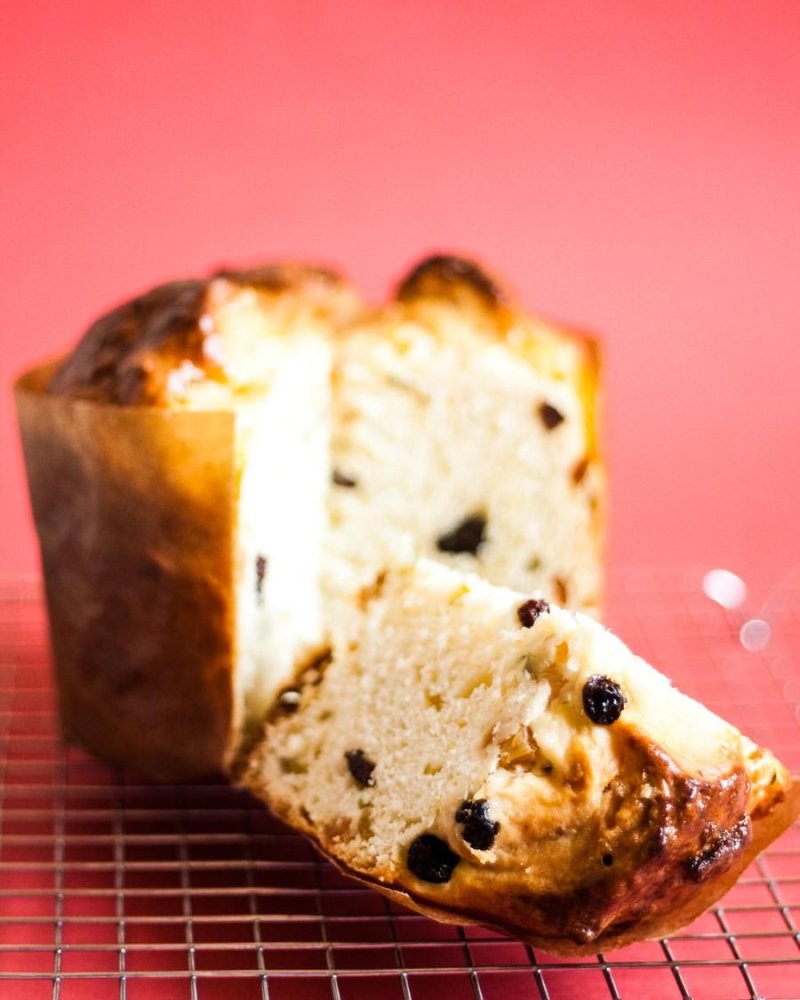

Sign up for our newsletter and stay up to date with exclusive news
that can transform your routine!
Warning: Undefined array key "title" in /home/storelat/public_html/wp-content/plugins/link-whisper-premium/templates/frontend/related-posts.php on line 12
Warning: Undefined array key "title_tag" in /home/storelat/public_html/wp-content/plugins/link-whisper-premium/templates/frontend/related-posts.php on line 13

